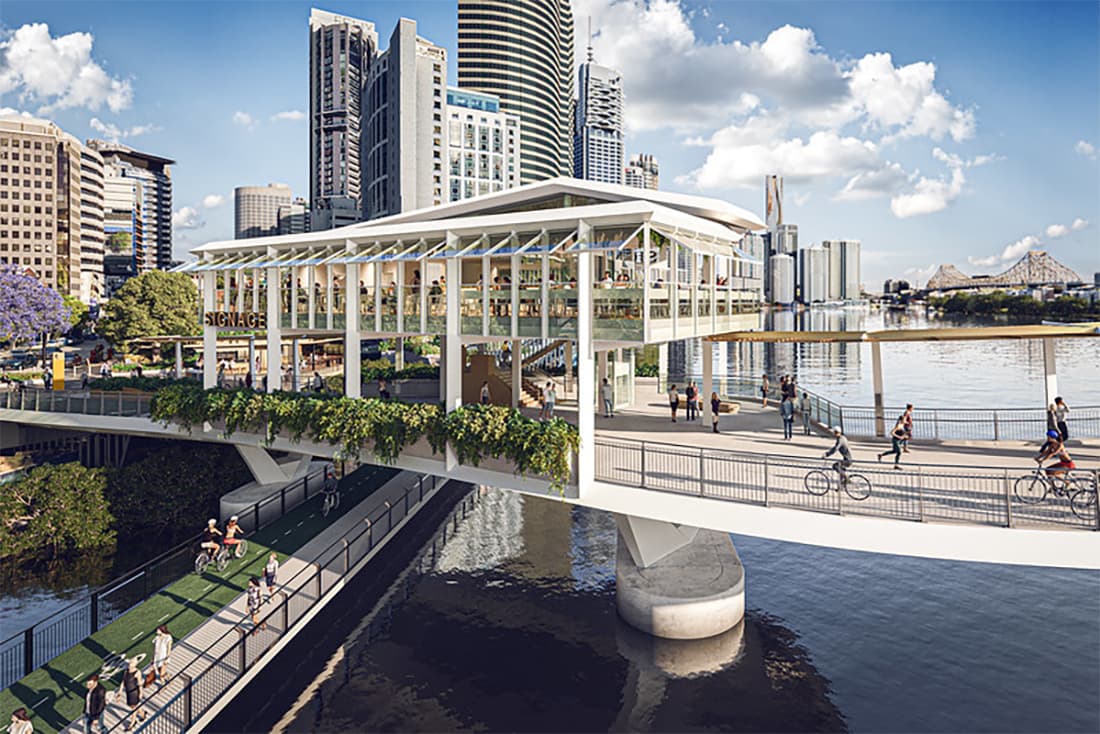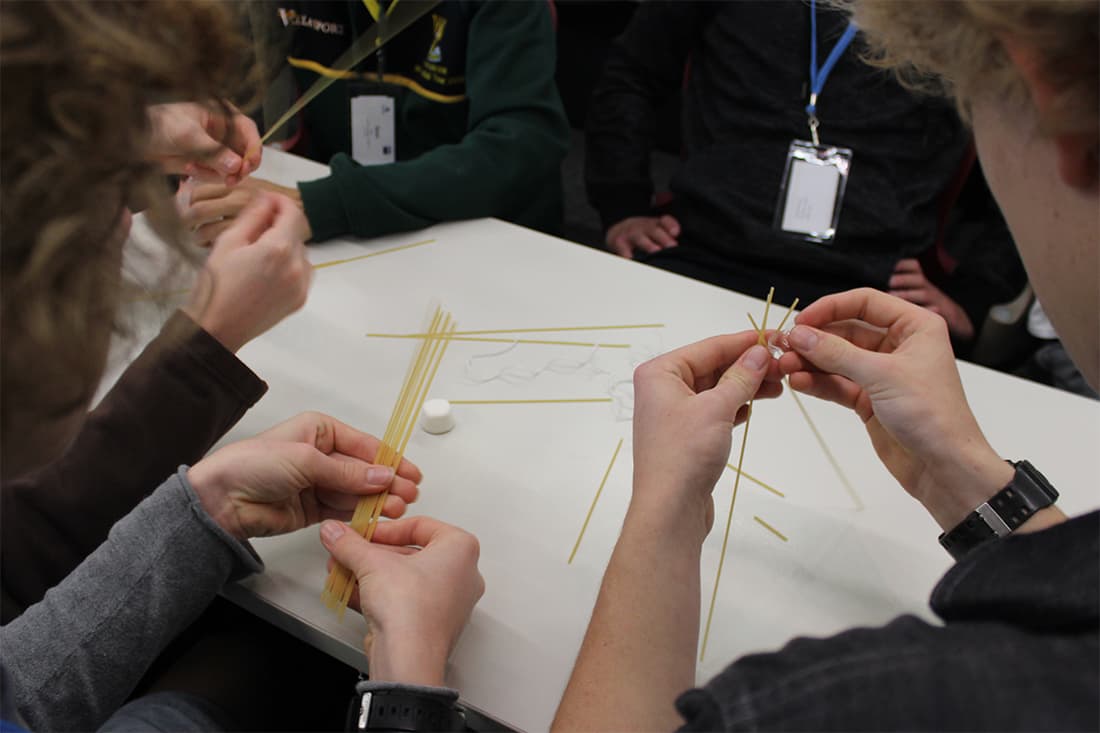Workshop overview
|
Year level
| 9 to 12 |
|
Capacity
|
16-32 students. If you want to bring more students, email highschool.workshops@qut.edu.au |
|
When
|
School days: Monday to Friday |
|
Duration
|
Half day
|
|
Where
|
QUT Gardens Point, Science and Engineering Centre
|
|
Cost
|
Free (late cancellation fees apply. See terms and conditions.) |
Workshop details
A focus on sustainability is driving the construction industry to prioritise greener, more eco-conscious designs. This workshop explores the various sustainable elements shaping modern infrastructure projects, from environmental, social and economic considerations to innovative engineering practices.
In teams, students assume the roles of engineers, planners, architects, and scientists in a simulated early-stage, multi-disciplinary consultancy. Their task is to design and construct sustainable bridge using the Kangaroo Point Green Bridge for inspiration, focusing on the design process, stakeholder needs, and sustainable features.

